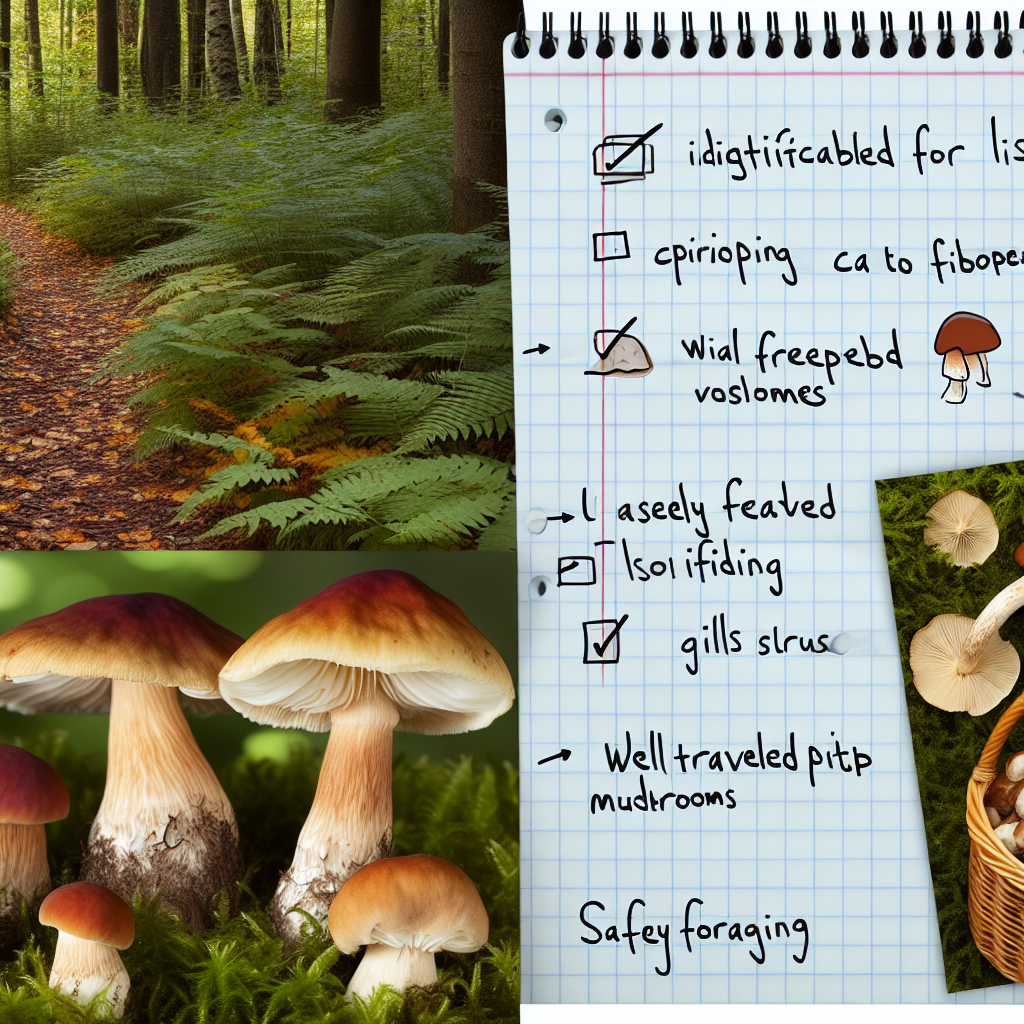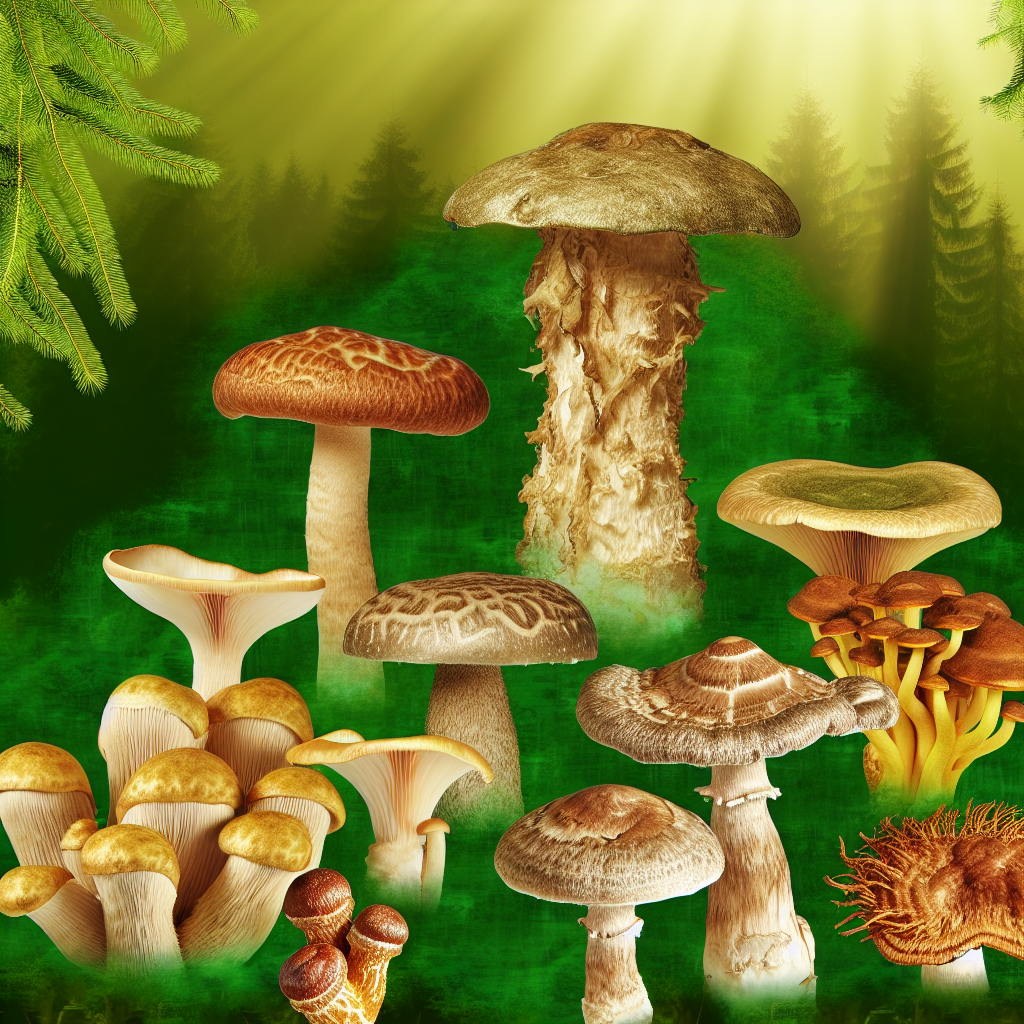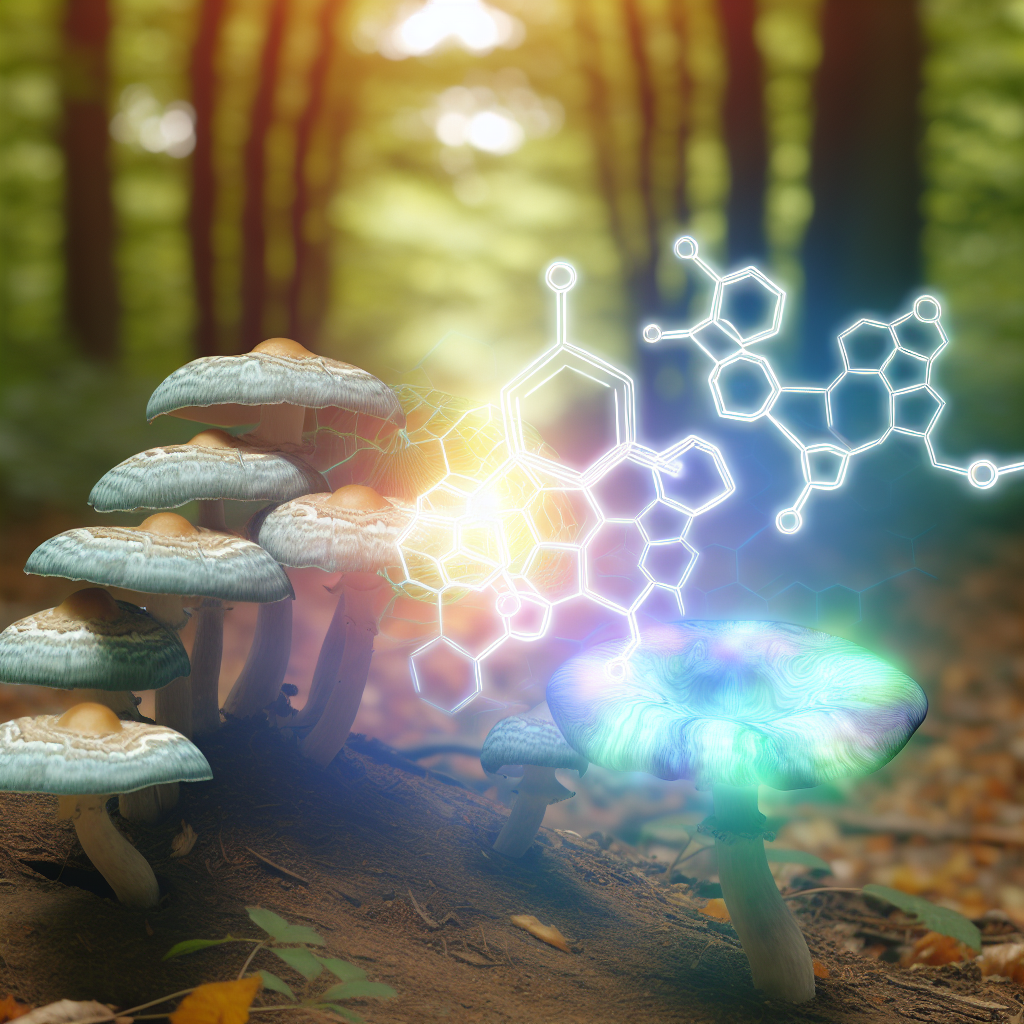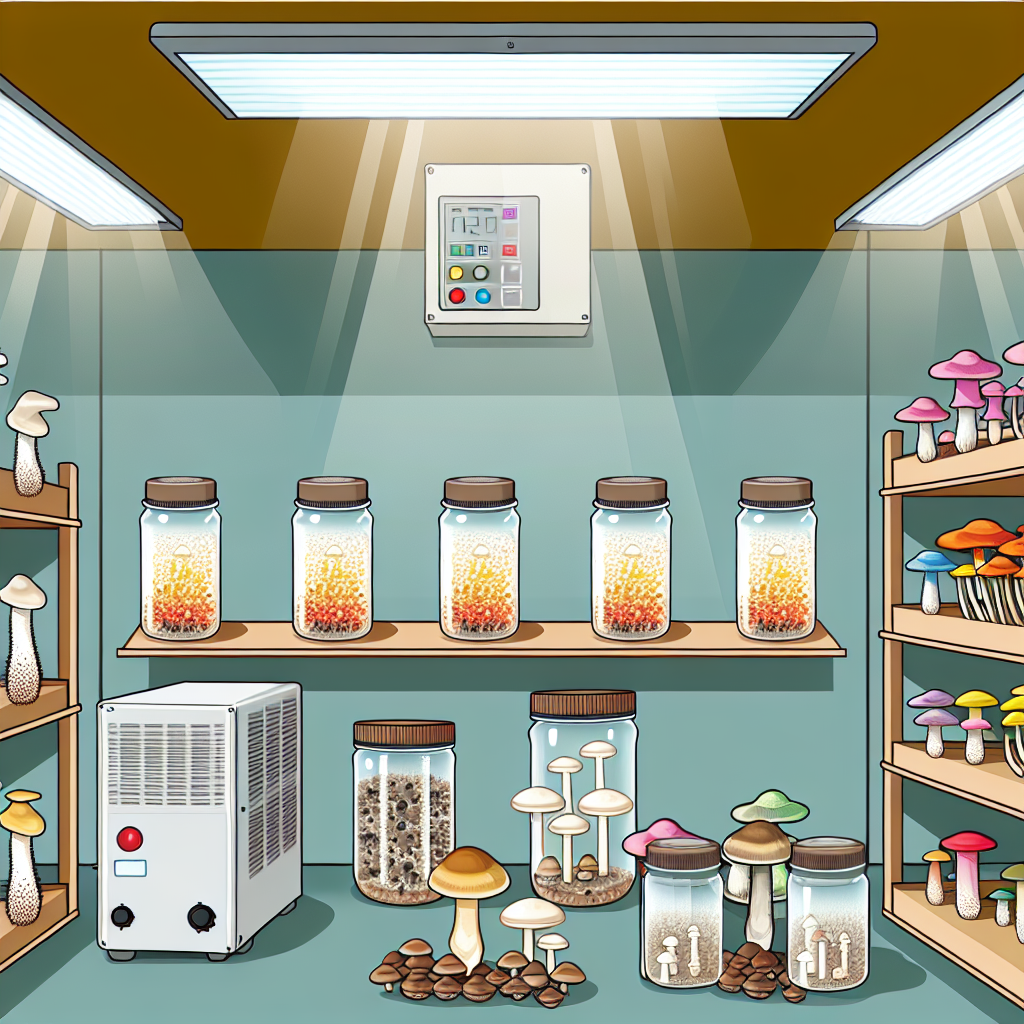Here is the cleaned up and expanded WordPress blog post:
Safe Foraging of Liberty Caps: Identification Tips and Harm Reduction
Introduction: Exploring Nature’s Little Helper—The Liberty Cap
As the global interest in natural wellness solutions and psychedelic therapy continues to surge, the humble Liberty Cap (*Psilocybe semilanceata*) has gained renewed recognition. This small, inconspicuous mushroom contains psilocybin—a psychoactive compound now being explored for its potential to alleviate mental health challenges such as depression, anxiety, and PTSD.
While some individuals seek lab-grown or legally produced psilocybin products, others turn to nature, foraging for wild mushrooms like Liberty Caps. However, foraging for psilocybin mushrooms can be a risky endeavor, particularly if one lacks the appropriate knowledge.
Liberty Caps are among the most potent and widely distributed psilocybin mushrooms in the world. Found primarily in temperate grasslands, especially in Europe and parts of North America, they typically flourish between late September and early December. Yet, despite their prevalence, their safe identification can be challenging. Accidental ingestion of lookalike species, some of which can be toxic or even deadly, underscores the need for accurate identification and harm reduction practices.
Foraging Liberty Caps safely is an act of stewardship—toward one’s own health, the environment, and the broader community. It merges a deep respect for nature with scientific understanding. As research into psilocybin’s potential therapeutic effects expands, so too does public curiosity about harvesting these mushrooms directly from the wild. But curiosity must be tempered with caution and education.
In this article, we offer a primer on identifying Liberty Caps, exploring their defining characteristics to help differentiate them from harmful lookalikes. We also discuss key harm reduction strategies for those choosing to engage in wild mushroom foraging. Although the legal status of psilocybin remains in flux in many countries and states, increasing scientific interest may pave the way for more informed, regulated use in the future. Until then, self-education and a safety-first approach remain essential.
Whether you’re an aspiring forager, a psychedelic researcher, or simply exploring natural paths to wellness, understanding how to responsibly interact with Liberty Caps is vital. Read on to learn trusted identification techniques, safety precautions, and scientific insights that inform modern approaches to foraging these fascinating fungi.
Spot the Cap: How to Identify Liberty Caps in the Wild
Liberty Caps (*Psilocybe semilanceata*) are distinguished by several unique morphological features:
– **Cap Shape:** Bell- or conical-shaped, often with a prominent papilla or “nipple” on top.
– **Color:** Tan or light brown when young; tends toward yellow or olive tones with age.
– **Texture:** Moist caps have a gelatinous pellicle—a sticky outer skin that can be peeled.
– **Bruising Reaction:** Exhibits a blue or bluish hue when bruised—an indicator of psilocybin.
Additionally, Liberty Cap stems are:
– **Slender and Curved:** Typically 2–4 mm thick and 4–10 cm long.
– **Hue:** Pale or yellowish.
– **Gills:** Attached narrowly to the stem, starting as pale brown then maturing to darker tones.
– **Spore Print:** Produces a distinctive violaceous-brown (purple-brown) spore print.
Dangerous Doppelgängers: Avoid These Lookalikes
Foragers must be vigilant for toxic lookalikes:
– **Galerina marginata:** A deadly mushroom containing alpha-amanitin. It can resemble Liberty Caps but lacks the hallmark blue bruising and produces a brown spore print.
– **Hypholoma spp.:** Another group with lookalike traits. Misidentifying these can be harmful.
Always perform multiple identification checks, including a spore print test, and when in doubt—leave it out.
Science-Backed Benefits: What Research Says About Psilocybin
Over the last decade, scientific studies have revitalized interest in the therapeutic use of psilocybin:
– A 2020 study in *JAMA Psychiatry* found that two guided psilocybin sessions significantly reduced symptoms in patients with major depressive disorder ([Davis et al., 2020](https://jamanetwork.com/journals/jamapsychiatry/fullarticle/2772630)).
– The *Johns Hopkins Center for Psychedelic and Consciousness Research* continues to lead global efforts in understanding how psychedelics can support mental health ([Johns Hopkins Psychedelic Research](https://hopkinspsychedelic.org)).
While promising, these findings reinforce the need for responsible, informed use.
Forager’s Code: Harm Reduction Tips to Stay Safe
To reduce risks while foraging Liberty Caps:
1. **Never consume unless 100% sure.**
– Use multiple identification points.
– Cross-reference with reputable mushroom guidebooks.
– Consult experienced mycologists or join local mycology groups.
2. **Do a spore print.**
– This step is critical for accurate confirmation.
– Liberty Caps produce a deep purple-brown print.
3. **Start low.**
– Consider beginning with microdosing.
– Always have a trusted person present, especially if new to psilocybin.
4. **Know your laws.**
– Psilocybin remains illegal in many areas.
– Stay informed about your local jurisdiction’s regulations.
Nature First: Eco-Friendly Foraging Practices
Respecting the environment is crucial:
– **Harvest sustainably**:
– Use a knife to cut the mushroom above the mycelium to enable regrowth.
– Only take what you need to allow future propagation.
– **Avoid contaminated zones**:
– Stay away from roadsides, landfills, or chemically treated fields.
– Mushrooms bioaccumulate toxins from their surroundings.
Conclusion: Foraging with Wisdom and Purpose
Foraging Liberty Caps can be an enriching, even transformational journey when undertaken responsibly. Armed with accurate identification knowledge, scientific insights, and a strong commitment to safety and sustainability, individuals can engage with natural psilocybin sources intelligently and ethically.
As the conversation around psychedelic therapy develops, education and harm reduction will remain pivotal touchstones, ensuring that connection to wild medicine is both safe and sacred.
—
**Summary:**
This article provides a comprehensive guide to the safe foraging of Liberty Caps (*Psilocybe semilanceata*), a potent psilocybin-containing mushroom. It covers key identification characteristics, warns against dangerous lookalikes, explores the scientific research on psilocybin’s potential therapeutic benefits, and outlines essential harm reduction strategies and eco-friendly foraging practices. The article emphasizes the importance of responsible, informed engagement with these fascinating fungi as the field of psychedelic therapy continues to evolve.
**References:**
1. Davis, A. K., Barrett, F. S., May, D. G., et al. (2020). [Effects of Psilocybin-Assisted Therapy on Major Depressive Disorder](https://jamanetwork.com/journals/jamapsychiatry/fullarticle/2772630). *JAMA Psychiatry*, 78(5), 481–489.
2. Johns Hopkins Center for Psychedelic and Consciousness Research. [Exploring Psychedelic Therapy](https://hopkinspsychedelic.org).
3. Stamets, P. (2005). *Psilocybin Mushrooms of the World.* Ten Speed Press.
4. Gartz, J. (1995). [Magic Mushrooms Around the World](https://erowid.org/library/books/magic_mushrooms_around_the_world.shtml).
5. Royal Botanic Gardens, Kew. [Psilocybe semilanceata Identification Guide](https://www.kew.org/science/identification/psilocybe-semilanceata).
6. North American Mycological Association. [Mushroom Poisoning and Toxic Lookalikes](https://namyco.org/toxic_species.php).
🛑 Disclaimer: This article is intended for educational purposes only. Always research responsibly and adhere to local laws regarding psilocybin and natural foraging.

Dominic E. is a passionate filmmaker navigating the exciting intersection of art and science. By day, he delves into the complexities of the human body as a full-time medical writer, meticulously translating intricate medical concepts into accessible and engaging narratives. By night, he explores the boundless realm of cinematic storytelling, crafting narratives that evoke emotion and challenge perspectives. Film Student and Full-time Medical Writer for ContentVendor.com




